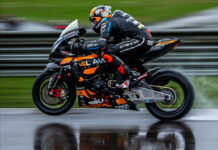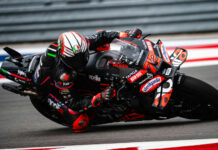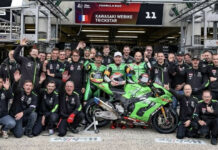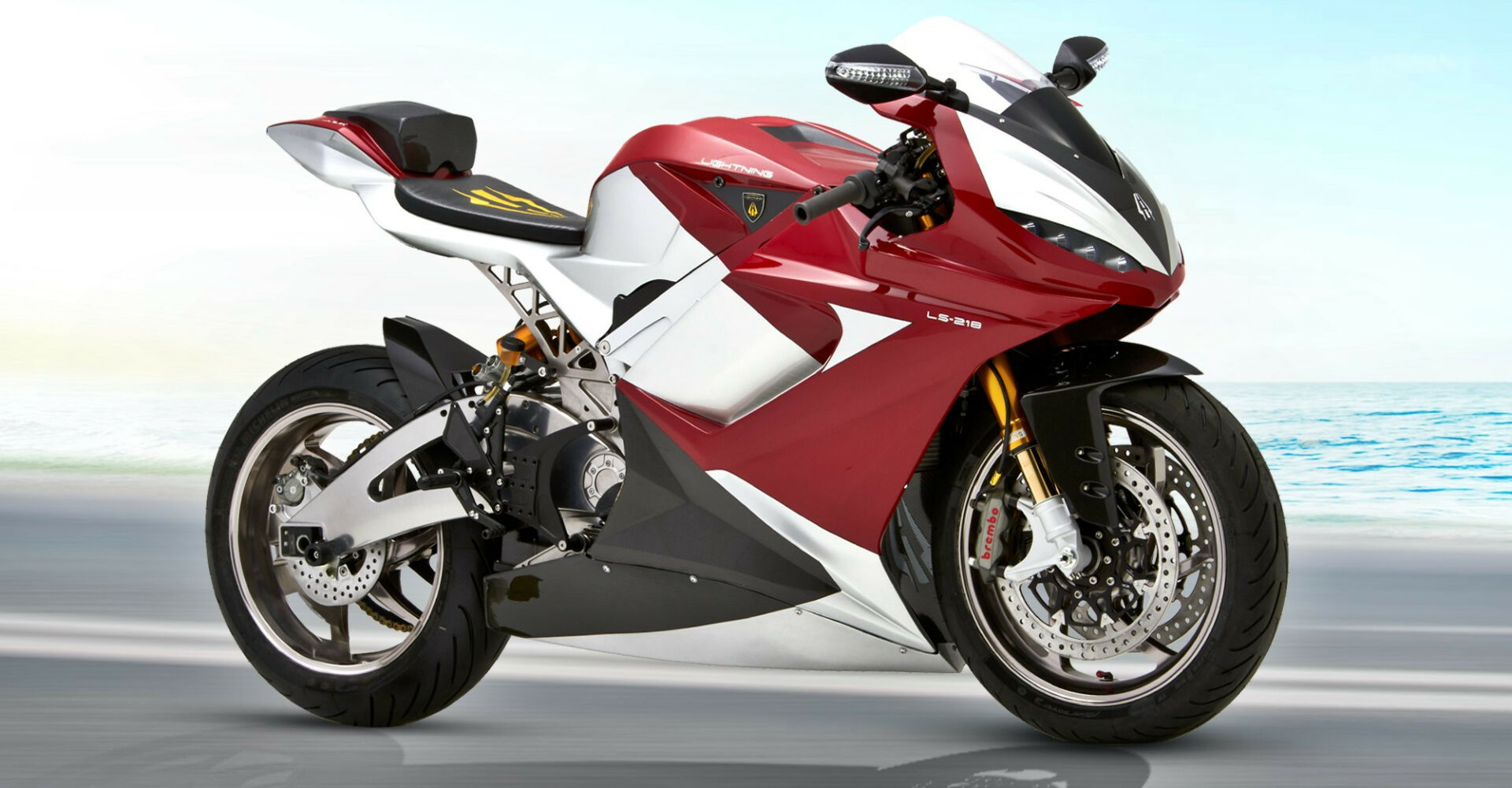By Michael Gougis
Range and charge time–those are the biggest concerns for riders who are considering electric motorcycles. Lightning Motorcycles says that its newest vehicles have slashed the charge time for an electric bike, with less than 10 minutes required to pour enough power into the bike to go 135 miles.
Lightning Motorcycles CEO and founder Richard Hatfield said in a video call this week that the latest technology batteries from Enevate Corp. for the Lightning Strike sportbike hold more energy, but more importantly, allow dramatically quicker charge times. This makes the Strike more useful for day-to-day use, and makes longer rides more practical.
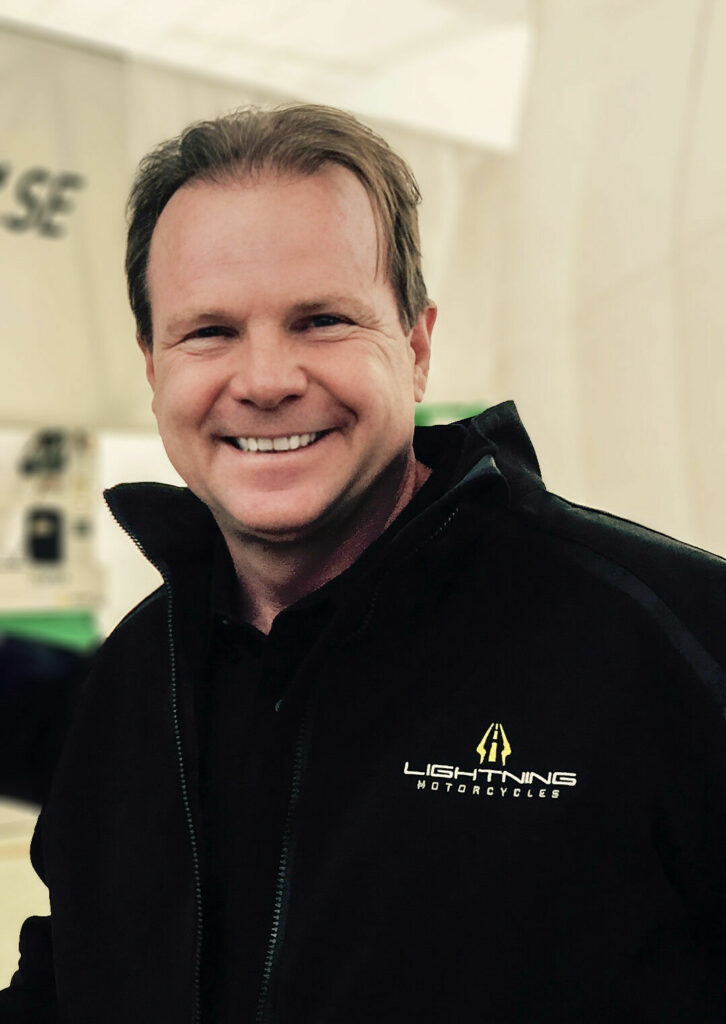
The breakthrough, Hatfield says, is due to a change in the battery construction. The Enevate battery uses a silicon anode cell that holds 15 to 20% more energy than current battery constructions, and can accept the charge more rapidly. Re-engineering all of the components involved in the charging process allowed the company to take advantage of the rapid charging rate, he says.
“The cells will hold more energy than most of the cells that are available right now, and they allow us to push in a lot more energy more quickly. We can use the same Level Three chargers that the cars use and charge three, four, five times faster than the cars,” Hatfield says. “When we achieved the point where we could push that kind of power into the battery, then we had to look at all the components in that chain and ensure that they were capable of doing that on a continuous basis.
“Once we had the cells, then we had to consider the thermal management of the cells and all of the components between the Level Three fast charger and the cells–the interconnections of the cells, the cabling from the cells, the contacts, the connectors, the fuses.”
Just having better batteries isn’t enough. The rest of the vehicle has to be re-engineered to take advantage of the additional capabilities, Hatfield says.
“If you think about this as a racebike, if you have more power in the engine, then it creates a lot of other issues in the chassis, and in using that power. Each time you push it forward, you find new bottlenecks that have to be addressed,” he says.
One of the biggest challenges in trying to recharge batteries more quickly is heat management. Hatfield says the company relies on airflow management and advanced software to tailor the flow of energy during recharging to keep the cells below 130 degrees Fahrenheit.
“You have to remove that heat or components start to fail. Also the algorithms as far as how we charge, how we taper the charge, all of that’s important to optimize the charge feed,” Hatfield says.
Because the cells are in limited production currently, they are approximately 20% more expensive than existing batteries, Hatfield says. But in full production, they are expected to be cheaper than current batteries.
And the rapid recharge rate makes it possible to look at different market segments for electic vehicles. Hatfield says his company already has modeled the performance of an electric motorcycle with the size and performance of a big tourer–and estimates that one could be built with a 300-mile range between charges!


